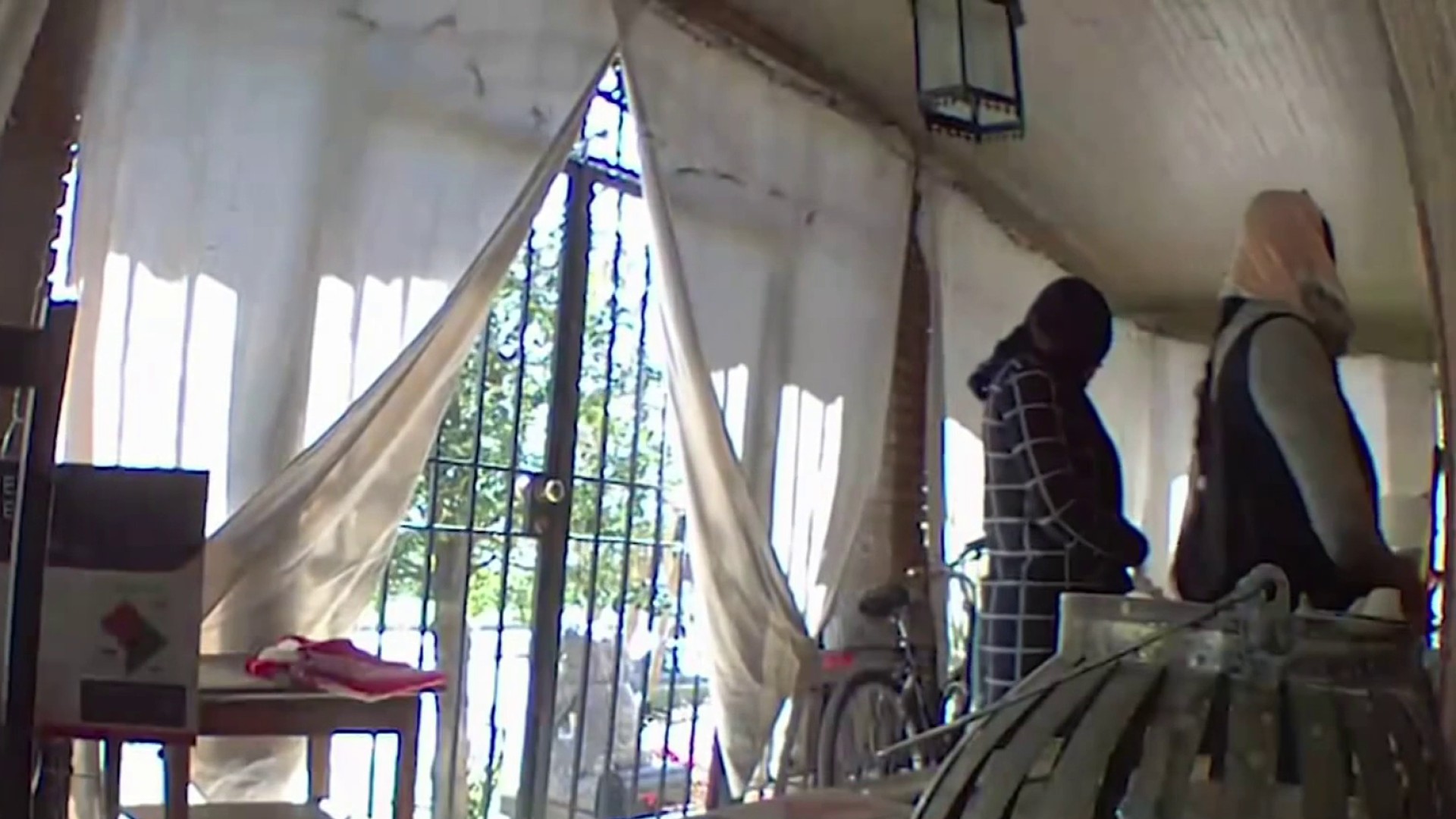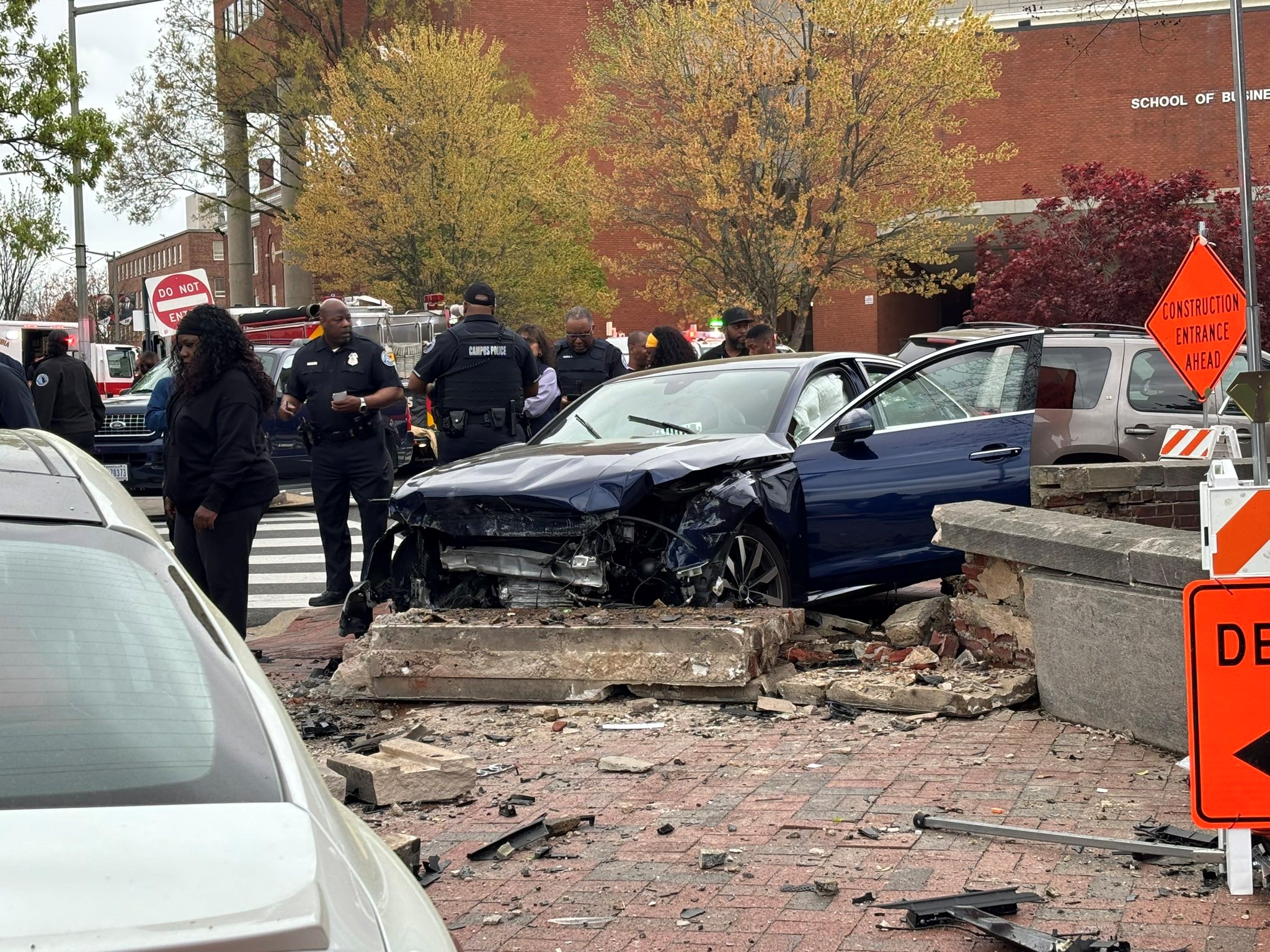Fifty years ago, regional plans called for the construction of a second Beltway. And even today there are some who want those plans to become reality.
The idea of a second Beltway is sort of mythical now, but back in the 1960s, it was a reality.
An official map from back then shows the highways that regional planners thought would be finished by the year 2000. A bright, red line forms a concentric circle around the Beltway -- the first Beltway, that is. This red line goes around or, in some cases, directly through the towns of Mount Vernon, Fairfax and Herndon in Virginia and then Rockville, Bowie and Upper Marlboro in Maryland.
Stewart Schwartz is the executive director of the Coalition for Smarter Growth, a local nonprofit group opposed to sprawling development. Schwartz says a second Beltway would have made our outer suburbs look very different than they do today.
"You would see what typically follows highways -- especially at interchanges -- is development. And you'd have hotels and gas stations and strip malls along these areas," he says.
The second Beltway does not exist, despite its presence on the 50-year-old maps of the future. Funding for the highway was just never there.
Still, not everyone thought it was a bad idea. In fact, there are still some folks out there who think a second Beltway could actually work.
Local
Washington, D.C., Maryland and Virginia local news, events and information
Bob Chase, president of the Northern Virginia Transportation Alliance, leads a pro-business advocacy group that seeks to steer more funding to roads and highways in the Commonwealth. Chase says one look at the already-existing Beltway shows why we need another one.
"The reason the existing Beltway is so crowded is because we have not constructed alternatives and we are forcing an inordinate amount of traffic onto a very limited facility," he says.
Chase says the politicians that killed the second Beltway did so in the name of slowing growth. But, he says, that growth happened anyway. Now there aren't enough roads to accommodate it.
"Two-thirds of your population is outside the Capital Beltway and in the future an even higher percentage is out there. And right now, there's no way to move people between Maryland and Virginia other than the Beltway," he says.
Chase doesn't just want a second Beltway, though. He thinks the region also needs a third.
In fact, the regional planners of the '60s agreed with him. A third Beltway is also on their maps. It would've gone west of Dulles Airport in Loudoun County, then down past the Manassas Battlefield and across the Potomac River into Charles County, Md. Beyond that well, the planners didn't really get that far.
Today, the mere idea of a third Beltway is a political nonstarter. And that, Chase says, is what's wrong with the modern day political process.
"Transportation policy is responding too much to small groups, small neighborhoods, small situations and ignoring the big picture. And that's why we have the nation's worst congestion," he says.
Right now, though, and off into the foreseeable future, we're stuck with the one Beltway we already have. But the idea of multiple concentric circles isn't just theoretical. After all Baltimore has a Beltway, Atlanta has a Beltway, Houston actually has two. And Schwartz, the anti-sprawl advocate, says he'll take D.C. over any of them.
"We have been much more successful as a region because: a.) We've protected our greenspace; b.) Because we've revived our city; and c.) Because we've tied it all to a transit system," he says.
Perhaps it's just as well. Because once you build a third Beltway, you'd probably need to build another one...and another one...and another one. And really at that point, who can keep track?
Listen to the complete story at wamu.org
Copyright 2011 WAMU 88.5 - American University Radio. All Rights Reserved.



